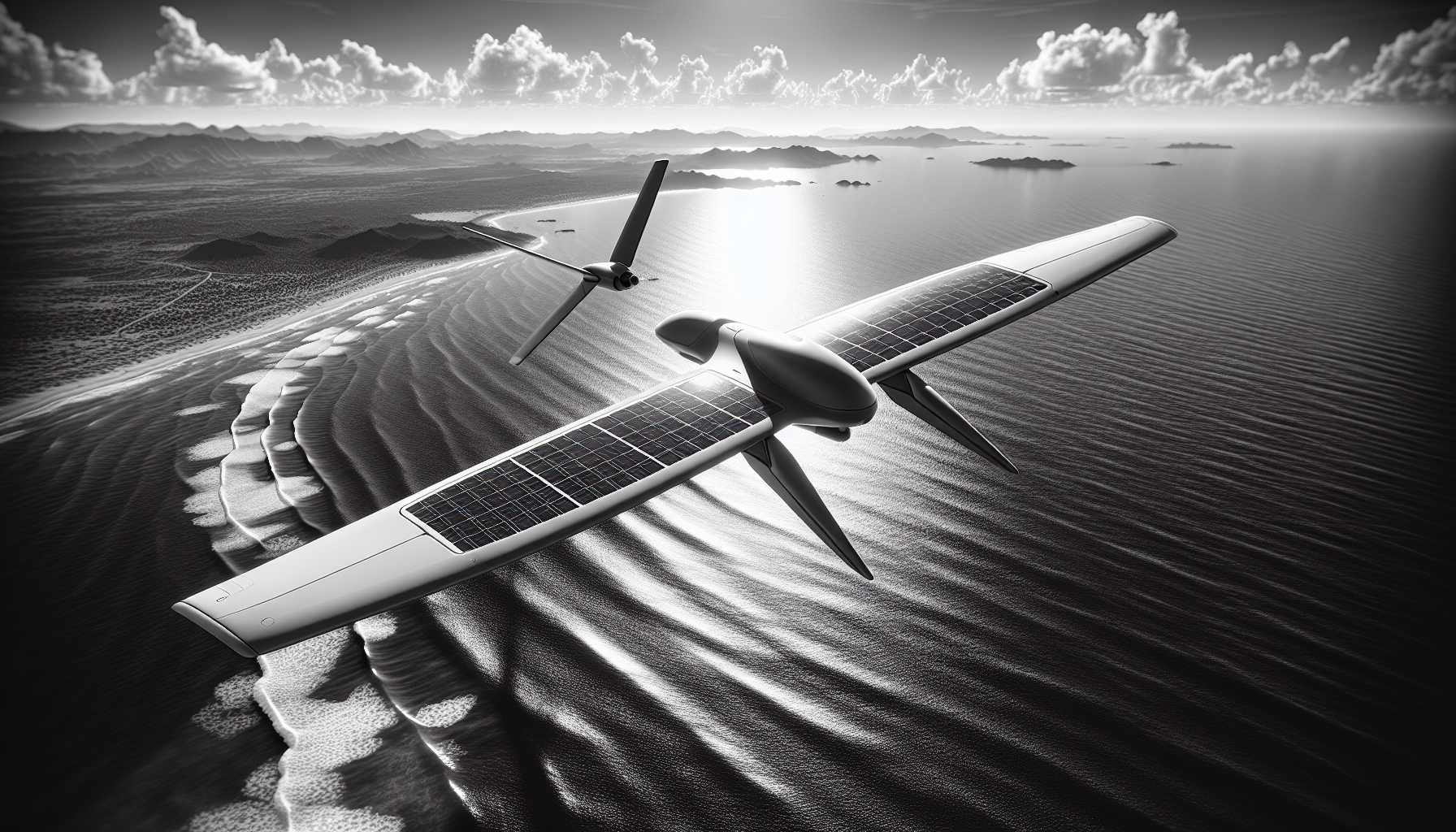A New Dawn for Ocean Surveillance
Imagine a drone that can soar above the world's oceans for weeks, powered only by sunlight, quietly watching over vast blue expanses. Skydweller Aero's latest solar-powered unmanned aerial vehicle (UAV) isn't just a technological marvel-it's a bold promise to transform how we protect, monitor, and understand our seas. If you care about cleaner technology, safer shipping, or the future of environmental protection, this is a story you'll want to follow.
The Technology: Sunlight as Lifeblood
At the heart of Skydweller's innovation is a simple but powerful idea: harness the sun's energy to keep a drone aloft for unprecedented periods. The aircraft's wings are lined with high-efficiency solar panels, feeding lightweight batteries and electric motors. This design allows the drone to remain airborne for weeks, not just hours or days. The result is a platform that can cover up to two million square kilometers in a single mission-enough to monitor entire shipping lanes, fisheries, or even track the spread of an oil spill in real time.
Traditional surveillance aircraft guzzle fuel and require frequent landings. Skydweller's drone, by contrast, is silent, emission-free, and can operate far from land, making it ideal for the world's most remote and challenging maritime environments.
Why It Matters: Security, Savings, and Sustainability
The stakes for maritime surveillance have never been higher. Illegal fishing, piracy, smuggling, and environmental disasters threaten both economies and ecosystems. Yet, monitoring the open ocean is expensive and logistically daunting. Skydweller's solar drone slashes operational costs by up to 80% compared to manned aircraft, according to company estimates. That's not just a budget win-it's a chance for governments and organizations to expand their reach without expanding their carbon footprint.
Zero emissions mean the drone aligns with global climate goals. Its persistent presence enables early detection of illegal activities and environmental hazards, potentially saving lives and billions in damages. For agencies tasked with protecting marine resources, this is a leap forward.
Challenges and Controversies: Can It Weather the Storm?
Not everyone is convinced. The ocean is a harsh place, and skeptics question whether solar-powered drones can survive storms, high winds, and salt-laden air. There are also concerns about cybersecurity-autonomous drones depend on secure, real-time data links, and any breach could have serious consequences.
Skydweller Aero has responded with rigorous testing, including simulated extreme weather and advanced encryption for communications. The company's roots in NASA's solar flight research lend credibility, but the real test will come in 2026, when operational trials with the U.S. Department of Defense and European maritime agencies begin.
From Science Fiction to Reality: A Personal Perspective
Years ago, solar-powered flight seemed like a distant dream. I remember watching footage of NASA's Helios Prototype, a fragile-looking craft inching its way into the stratosphere. Today, Skydweller's drone is poised to make that dream practical and profitable. It's a reminder that sometimes, the most radical changes come not from new inventions, but from reimagining what's possible with the tools we already have.
For those working in maritime security or environmental science, the arrival of a persistent, clean, and cost-effective surveillance platform could be as transformative as the first satellites were for weather forecasting. The potential for positive impact is enormous.
What's Next: The Future of Solar-Powered Surveillance
If Skydweller's trials succeed, the implications go far beyond the ocean. Solar-powered UAVs could one day monitor forests for wildfires, track wildlife migrations, or even provide emergency communications after disasters. The technology is scalable, adaptable, and-crucially-sustainable.
As the world's attention turns to the twin challenges of security and sustainability, Skydweller Aero's solar drone offers a glimpse of a future where we can watch over our planet without harming it. The sky, it seems, is no longer the limit-it's just the beginning.
